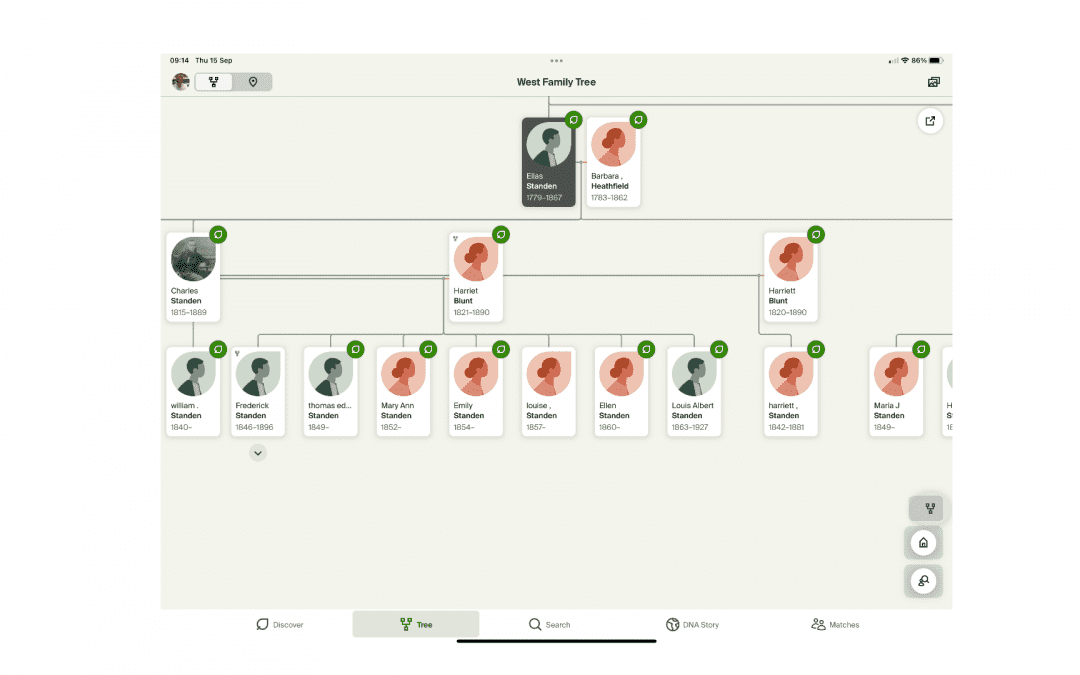As we watched Queen Elizabeth II being taken on a gun carriage of the Royal Horse Artillery from Buckingham Palace for the lying in state in Westminster Hall, I was reminded of another ancestor, Elias Standen my 3rd great-grandfather.
Elias served as a sergeant farrier with Bull’s “I” troop of the Royal Horse Artillery at the Battle of Waterloo. Elias’s father Samuel was a blacksmith, so it is no surprise that Elias was a farrier, a smith who shoes horses. He survived Waterloo and lived to the grand age of eighty-eight.
Sadly I can find little information concerning the troop’s commander, Bull. According to Wikipedia the troop is now 7th para RHA, part of the Army’s very high readiness brigade.
Elias was a stepping stone on my quest to find Sir Anthony Standen, Walsingham’s spy feeding him detailed intelligence on the preparation of the Spanish Armada. I found Sir Anthony, another seven generations back.
Who knows, if I continue my series long enough, Elias may find a role in a future book. Although at the current rate that will be in around sixty books time, and I’ll be about a hundred and twenty years of age. I’ll either have to write faster or jump more years between books.
I thought that the Royal Horse Artillery and the guardsmen who served as pall-bearers did the most fantastic job. I was intrigued by the whispered commands to the pall-bearers. I’m well acquainted with the marching orders of left right, etc., but in out puzzled me initially. If you’re carrying a coffin, then I can see that you need symmetry about the axis of the coffin, Those on the left side of the coffin need to be putting their left foot forwards as those on the right are putting their right foot forward. Hence in out makes sense.
If anyone knows more about Bull’s “I” troop, please let me know. Use the contact menu.

